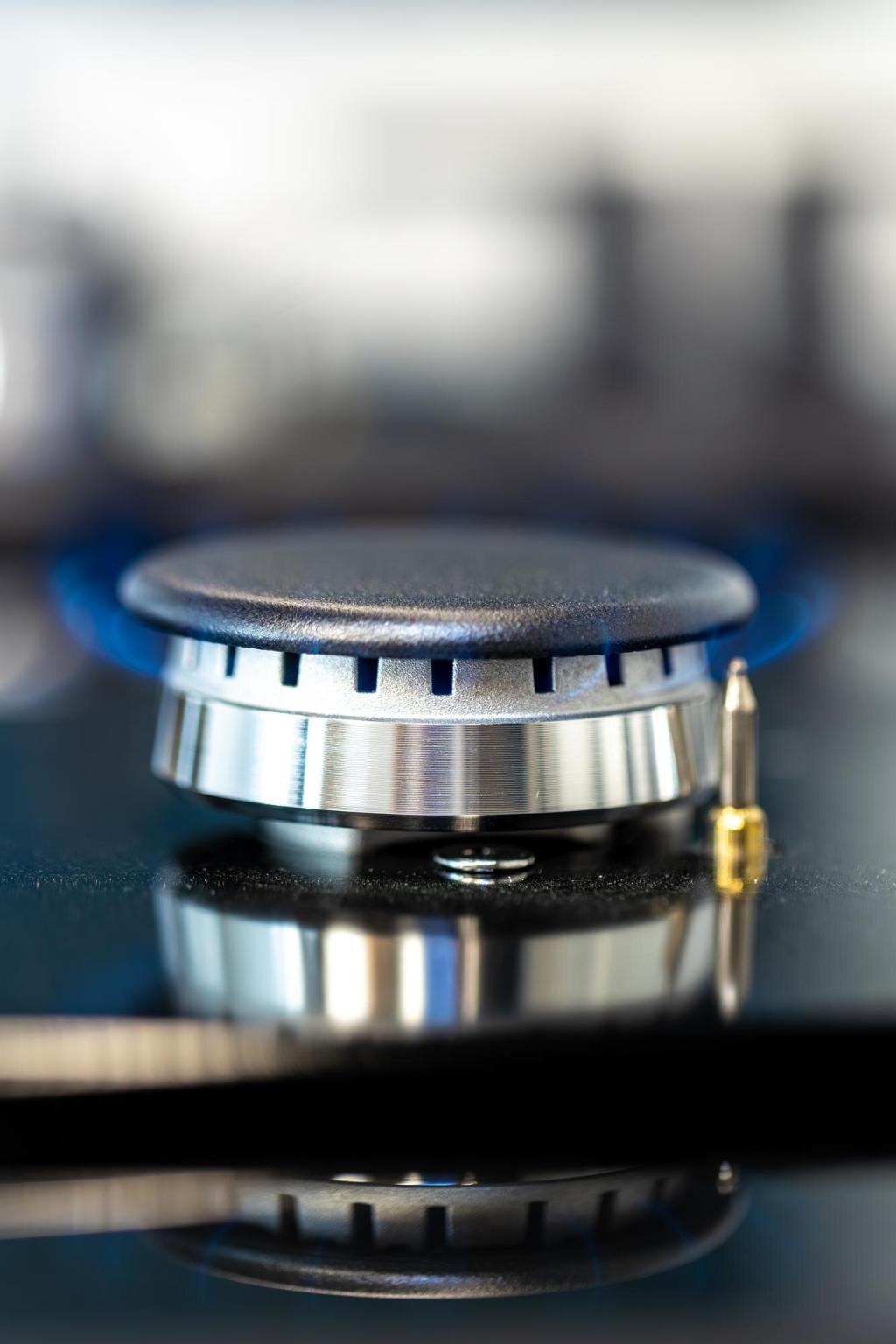Build Family Habits That Stick
Add monthly filter changes, quarterly coil cleaning, and annual vent checks to a paper or digital calendar. Assign names. Celebrate completed tasks. Subscribe to our checklist updates to refresh your reminders with seasonal prompts.
Build Family Habits That Stick
Explain that lint fuels fire, blocked vents trap heat, and loose plugs arc electricity. When people understand causes, they act faster and better. Start tonight with one two-minute teachable moment at dinner or during cleanup.


